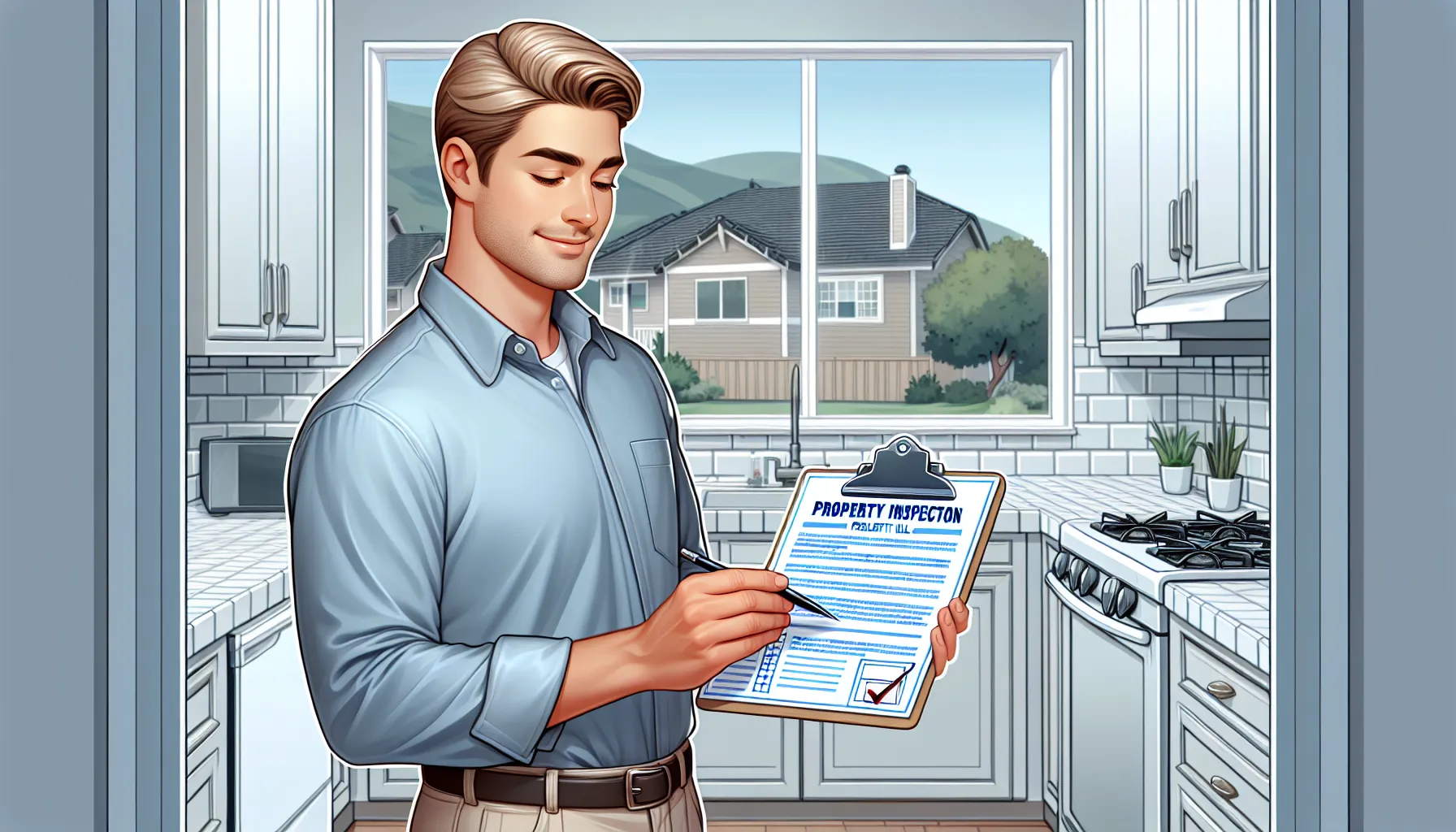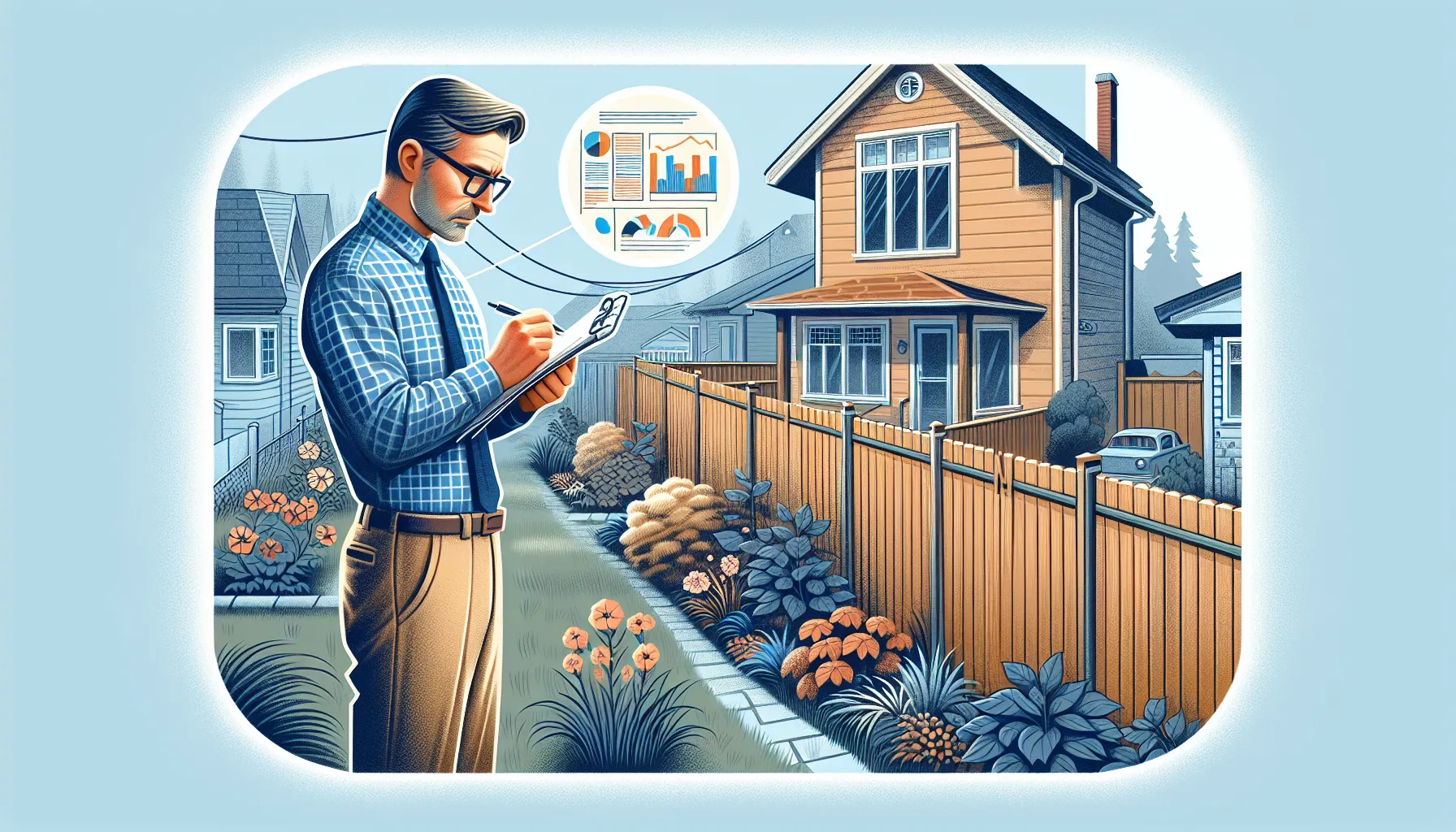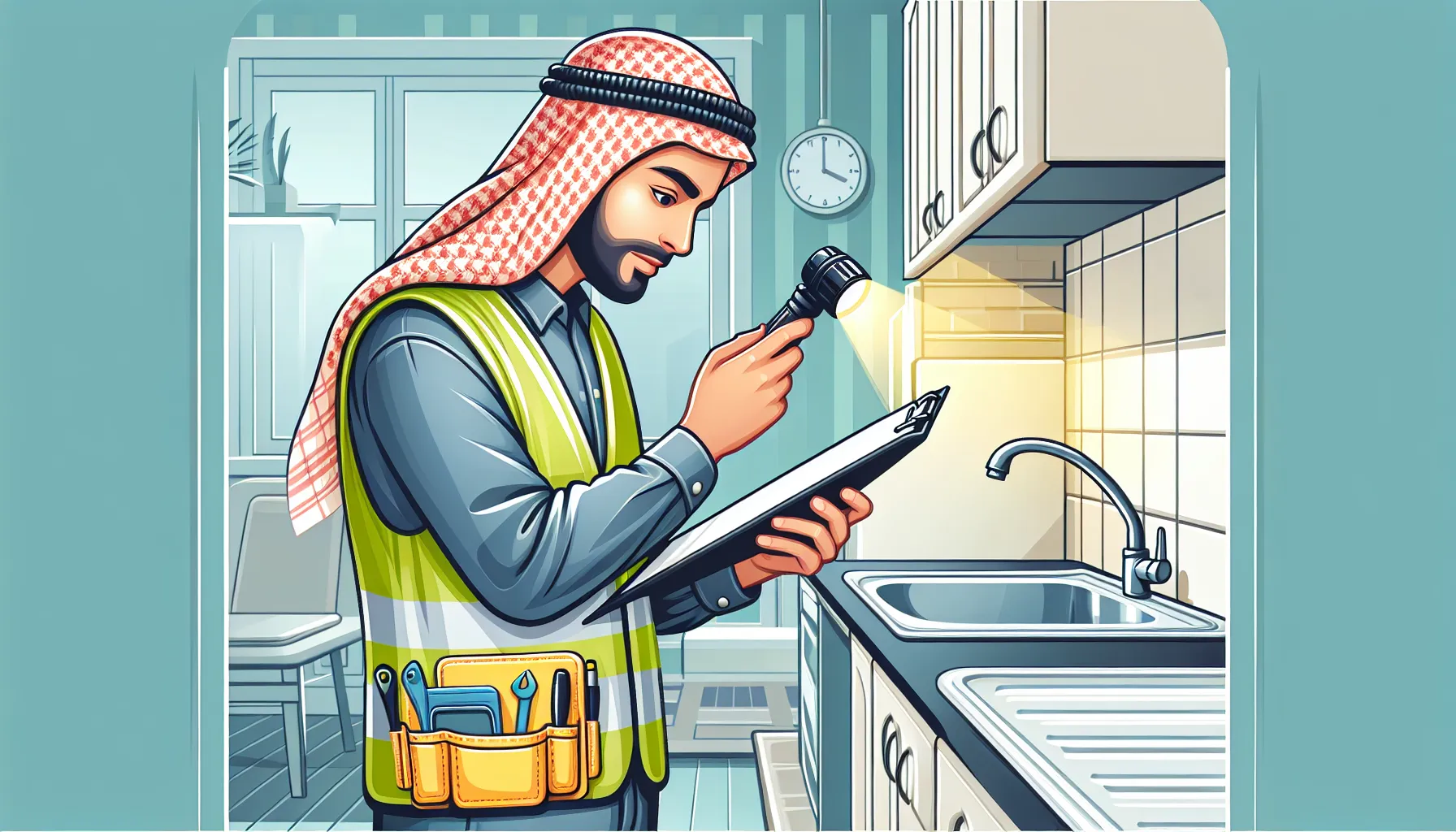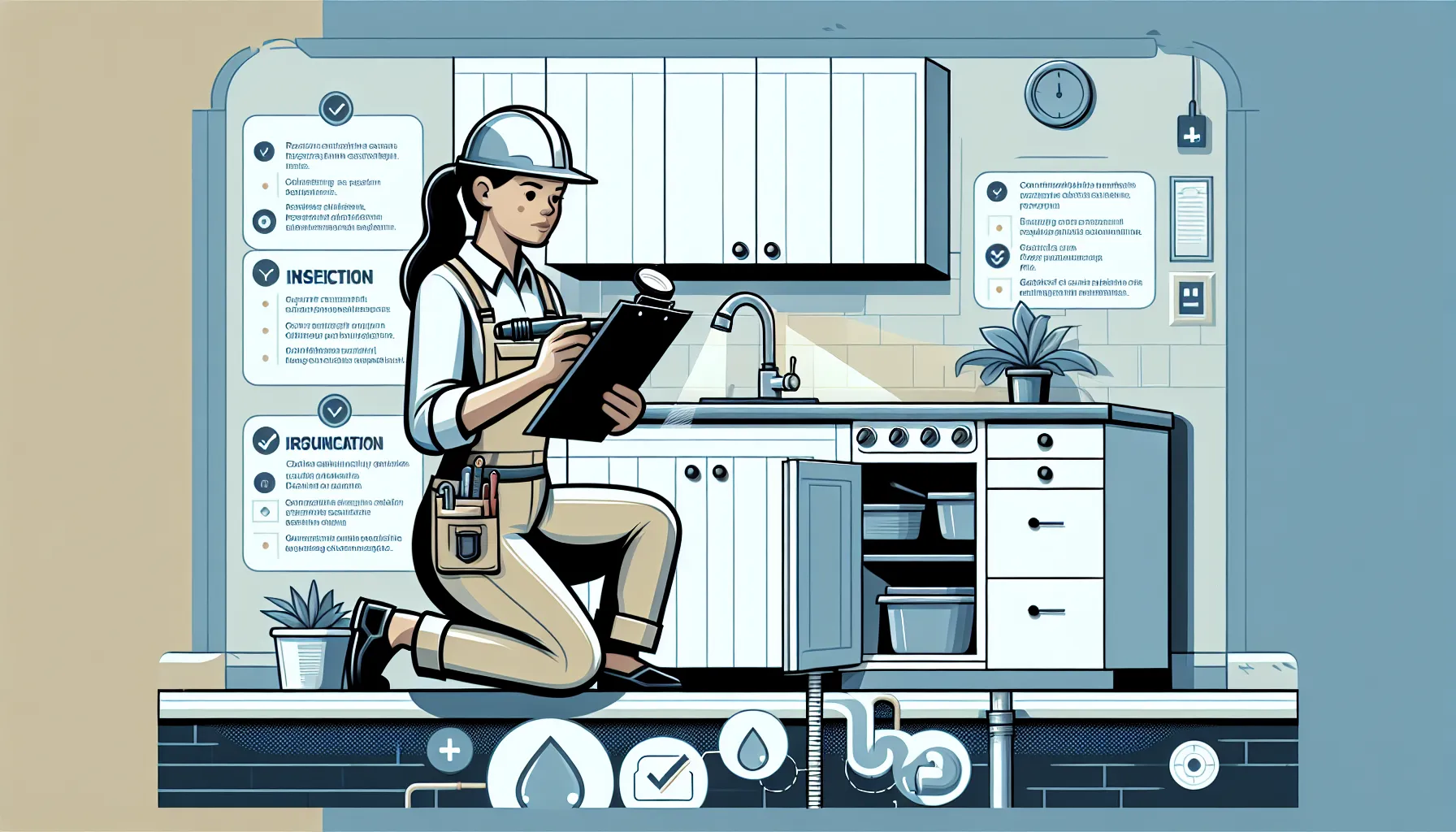Key Takeaways
- Regular unit inspections in Pleasant Hill help prevent costly repairs, ensure tenant safety, and maintain property value.
- A comprehensive inspection checklist should cover exterior grounds, interior spaces, plumbing, electrical systems, and all safety features.
- Effective communication with tenants before and after inspections fosters trust and uncovers hidden maintenance issues.
- Common problems identified during inspections include leaks, electrical hazards, HVAC issues, pest activity, cleanliness concerns, and safety compliance.
- Consistent documentation and follow-up on inspection findings streamline maintenance, improve tenant satisfaction, and support long-term property care.
Managing a rental property in Pleasant Hill means juggling a lot of responsibilities. I know how overwhelming it can feel to keep everything in order, especially when it comes to making sure your unit stays in great shape. Regular inspections help protect your investment and keep tenants happy, but what exactly should you look for during these checks?
Have you ever wondered if your inspection routine covers all the important details? From minor repairs to safety features, having a reliable checklist can save you time and prevent costly surprises down the road. Let’s explore what makes a thorough unit inspection so valuable and how you can approach it with confidence.
Understanding Unit Inspections in Pleasant Hill
Unit inspections play a central role in keeping Pleasant Hill rental properties safe and comfortable. I find that regular checkups help spot minor issues before they grow into expensive repairs. What challenges have you faced with unexpected maintenance problems? Frequent inspections reduce the chances of these costly surprises.
I use a clear checklist during each visit. This includes checking smoke detectors, verifying that emergency exits are accessible, and reviewing the overall cleanliness of shared spaces. Detailed inspections allow me to catch leaky faucets, inspect for signs of mold, and confirm working appliances. Where have you noticed the most wear and tear in your rental properties?
Documenting every problem, from small paint chips to faulty locks, gives both property owners and tenants peace of mind. Each inspection also gives tenants a chance to share their concerns in person. Open communication during these walk-throughs builds trust and helps set expectations for property care.
Are there areas of your unit that often get overlooked during routine inspections? I focus on storage spaces, heating and AC units, and hidden leaks under sinks. Consistent attention to all these details helps keep every rental in Pleasant Hill running smoothly.
Importance of a Comprehensive Unit Inspection Checklist

A thorough unit inspection checklist simplifies my job and brings confidence to both property owners and tenants. When I use a detailed checklist, I never overlook critical details like functioning smoke detectors or secure windows. Does your checklist help you spot less obvious problems, such as slow leaks or subtle signs of wear in common areas?
A well-organized list lets me address even small repairs, from chipped paint to loose cabinet hinges, before they become expensive issues. It’s easy to skip less used spots like storage closets or behind appliances, but I make a point to review them during each visit. How useful would it be for you if each visit highlighted problems you’d otherwise miss?
By consistently documenting every concern, I support clear communication between tenants and property owners. Monthly reports and records from my inspections offer peace of mind, keeping everyone informed about the building’s true condition. How often do you find hidden problems that would have gone unnoticed without such a process?
When checklists cover safety items, cleanliness, and even tenant satisfaction, I notice fewer emergencies and more satisfied residents. Using this approach builds trust while reducing the chance of costly surprises in Pleasant Hill rental units. Would a sharper focus on details during inspections make your rental experience smoother?
Key Elements of a Unit Inspection Checklist Pleasant Hill

A focused checklist makes property inspections in Pleasant Hill clear and manageable. I like to break down every visit into manageable segments that cover every area tenants and owners care about. Which areas would you prioritize if you were inspecting your rental unit?
Exterior and Grounds
Checking outside spaces helps maintain curb appeal and safety. I look for damaged fencing, loose railings or broken exterior lights—issues that could go unnoticed but affect security. Lawn health, debris removal and clear walkways matter for presentation and access. Have you noticed how overgrown plants can hide important problems, like cracks in a foundation?
Interior Rooms and Living Spaces
Each room gets attention, from flooring to windows. I gently open and close doors, look for signs of leaks under windows, check for peeling paint and test all fixtures. Cleanliness, while basic, often signals deeper care or neglect. Have you ever found a small leak or draft that led to a much larger repair later?
Plumbing and Electrical Systems
I always check faucets, toilets and drains for leaks or slow flow. Water stains under sinks or around appliances may hint at hidden problems. Light switches, outlets and breaker boxes should function properly, with no exposed wires. Electrical and plumbing issues disrupt daily comfort—what small fixes have you caught early during an inspection?
Safety Features and Compliance
Testing smoke and carbon monoxide detectors tops my list every time. Emergency exit accessibility gets reviewed, with blocked windows or stuck doors flagged instantly. Does your checklist include checking fire extinguishers, GFCI outlets and child-safe locks where appropriate? Each of these steps directly protects residents and keeps properties up to local safety standards.
What would you add to your own inspection checklist to help everyone feel secure and comfortable?
Tips for an Effective Inspection Process

Clear preparation streamlines any inspection process. Before entering a unit, I gather a printed checklist, camera, flashlight, and basic tools. This preparation helps me spot both obvious and subtle issues quickly.
Direct communication lays the groundwork for a more positive experience. Before every inspection, I notify tenants of the date and time. Sometimes I ask, “Is there anything in your unit you’d like me to take a closer look at?” This question gives tenants a chance to share concerns that might not be immediately visible.
Efficient documentation helps prevent misunderstandings. As I move through each room, I record maintenance needs, safety issues, and general wear using photos and notes. With clear records, it’s easier to compare the unit’s condition over time and spot trends.
Focused attention on overlooked spaces often brings hidden problems to light. For example, I check under sinks for slow leaks and test smoke detectors in each room. Small leaks, loose fixtures, and worn seals can cause bigger problems if left unchecked. Have you noticed any areas in your rentals that get missed during inspections?
Regular follow-ups after the inspection keep everyone informed. I share a summary report with the property owner and reach out to tenants for feedback. Open-ended questions like, “How can we make your living space more comfortable?” invite honest responses.
Consistency brings better outcomes. I conduct semi-annual inspections and use the same detailed checklist each time, which allows me to catch maintenance issues early. What sorts of recurring problems do you see in your property inspections? Each of these steps, when woven together, helps make the inspection process thorough and reassuring for all involved.
Common Issues Found During Inspections

Leaks and Water Damage
Leaks often appear under sinks, near water heaters or behind toilets. Damp spots on ceilings and walls sometimes signal hidden plumbing problems. Early detection of such issues helps prevent bigger repairs. Have you checked less visible areas recently for moisture or water stains?
Electrical Hazards
Outlets that don’t work, flickering lights or exposed wiring in units frequently indicate electrical concerns. Faulty smoke detectors or missing batteries also present safety risks. When I inspect, I always test each outlet and switch to catch these issues before residents notice.
Heating and Cooling Problems
Unresponsive thermostats, dirty vents and broken filters limit air quality and comfort. Filters clogged with dust can shorten HVAC lifespan. During inspections, I ask tenants about any rooms that feel colder or warmer than others. How confident are you that all temperature controls work as intended?
Wear and Tear
Common signs of everyday use include chipped paint, damaged baseboards and worn flooring. Door hinges that squeak or windows that stick impact both appearance and usability. Documenting these early helps avoid future disputes.
Pest Activity
Evidence like droppings, chewed wires or nests near entry points can indicate pest presence. I always search corners, closets and storage rooms, since problems here can spread quickly if ignored. What hidden spots have you found issues in during past walk-throughs?
Cleanliness & Trash
Overflowing bins, dirty appliances or stained carpets are recurring problems in shared or private spaces. Residue left behind after repairs sometimes causes friction with residents. Consistent reminders about waste disposal standards prevent these headaches.
Safety Concerns
Blocked emergency exits, loose railings or missing safety signage appear during regular checks. I test smoke and carbon monoxide detectors in every unit. Which safety features do you find most vital to verify during your own inspections?
Mold and Mildew
Dark patches under bathroom sinks or around windows suggest excess moisture and possible ventilation concerns. Left unaddressed, these growths harm indoor air quality. Regularly inspecting often-overlooked corners keeps indoor environments healthy.
Consistent attention to these issues during inspections keeps Pleasant Hill units well-maintained and residents satisfied. What has your experience been with these or other inspection findings?
Conclusion
A well-crafted unit inspection checklist really makes all the difference for Pleasant Hill property owners and tenants alike. I’ve found that taking the time to review and update my checklist regularly helps me catch issues early and keeps everyone on the same page.
If you’re looking to keep your rentals in top shape and your tenants happy don’t underestimate the power of a thorough inspection routine. A little extra attention now can save a lot of headaches down the road.
Frequently Asked Questions
Why are regular rental property inspections important?
Regular inspections help spot minor issues before they become major and costly problems. They also ensure that the rental property remains safe, comfortable, and well-maintained for tenants, improving overall satisfaction and reducing emergency repairs.
What should be included on a rental property inspection checklist?
A good checklist should cover smoke detectors, emergency exits, plumbing, electrical systems, safety features, cleanliness, and both common and hidden areas like storage spaces or potential leak points to ensure a thorough inspection.
How often should rental properties be inspected?
Most experts recommend inspecting rental properties at least once or twice a year, but some landlords choose quarterly inspections to address issues early and maintain a strong relationship with tenants.
How can property owners communicate effectively with tenants during inspections?
Schedule inspections in advance, explain the process clearly, and encourage open two-way communication. Providing monthly reports on findings can also keep tenants informed and engaged in the property’s upkeep.
What are some common issues found during inspections?
Typical issues include leaks, water damage, mold, electrical hazards, faulty locks, heating and cooling problems, pest activity, and general wear and tear. Catching these early helps avoid larger repairs later.
Why is documentation during inspections important?
Detailed records ensure all issues are addressed, create a history for the property, and protect both the landlord and tenant in case of disputes or maintenance concerns.
How do regular inspections benefit tenants?
Inspections help maintain a safe and comfortable living environment, ensure prompt repairs, and can lead to higher tenant satisfaction and longer lease agreements.
Should tenants be present during inspections?
It’s often recommended, as it encourages transparency, allows tenants to ask questions, and gives them a chance to point out concerns or needed repairs directly to the property owner or manager.
What exterior areas should be checked during an inspection?
Inspect for exterior damage, hazards, curb appeal, landscaping issues, drainage, and access to emergency exits to keep the property safe and visually appealing.
How can landlords create an effective inspection checklist?
Start with a basic template covering all areas of the property. Add segments for safety features, maintenance systems, and often-missed areas, updating the checklist over time based on previous inspection findings and tenant feedback.
